Common Buttonquail
Posted: Sun Dec 23, 2012 10:03 pm
205. Common Buttonquail Turnix sylvaticus (Bosveldkwarteltjie)
Order: Charadriiformes. Family: Turnicidae
Description
14-15 cm. A small, quail-like bird. If seen well, adult shows pale eyes, very scaly mottled brown upperparts, sides of face speckled black and white, rufous-orange wash across breast, and black spots on sides of breast and flanks. Adult female is brighter than male. In flight, pale upperwing-coverts contrast with darker flight feathers; rump and tail barred brown. Bill blue-grey; legs and feet pink.
Juvenile resembles male, but more spotted across breast.
Similar species: lt is distinguished from the other two buttonquail by the pale eye, buff face and the large heart-shaped markings on the side of the chest. In flight, the lack of a dark rump and back distinguishes this species from Black-rumped Buttonquail. Told from Black-rumped Buttonquail by whitish sides to the head, cream-coloured eye and heart-shaped spots on the sides of the neck and breast.
Distribution
The subspecies Turnix sylvaticus lepurana is widespread in sub-Saharan Africa, relatively small populations of other races occur in Asia and Europe. In southern Africa it occurs in north-eastern South Africa, northern Namibia, Botswana and southern Mozambique.
Habitat
Found in open or wooded grassland, generally preferring grassland areas as well as mixed Mopane (Colosphermum mopane) woodland, scrub, thickets and cultivated land.
Diet
It mainly forages in grassland, eating a mixed diet of insects and seeds, especially of grasses.
Breeding
It is probably polyandrous, meaning that one female mates with multiple males, as this behaviour has been recorded repeatedly in captivity. The complete breeding cycle takes about 53 days. The female usually builds the nest, which is a shallow scrape in the ground lined with grass. The site of the nest is selected by the male, usually placed against or in between grass tufts. Egg-laying season is usually in the rainy months, although it varies greatly between different areas. It lays 2-4 eggs, incubated solely by the male, for about 12-15 days. The chicks leave the nest about 4 hours after hatching, and are fed by the male for the first 4 days of their life, after which they start to feed themselves. They take their first flight at about 10 days old, and are fully grown roughly 25 days later.
Call
The call is a deep, resonant hoooo hoooo' made at two second intervals by the female.
Status
Common resident.
Order: Charadriiformes. Family: Turnicidae
Description
14-15 cm. A small, quail-like bird. If seen well, adult shows pale eyes, very scaly mottled brown upperparts, sides of face speckled black and white, rufous-orange wash across breast, and black spots on sides of breast and flanks. Adult female is brighter than male. In flight, pale upperwing-coverts contrast with darker flight feathers; rump and tail barred brown. Bill blue-grey; legs and feet pink.
Juvenile resembles male, but more spotted across breast.
Similar species: lt is distinguished from the other two buttonquail by the pale eye, buff face and the large heart-shaped markings on the side of the chest. In flight, the lack of a dark rump and back distinguishes this species from Black-rumped Buttonquail. Told from Black-rumped Buttonquail by whitish sides to the head, cream-coloured eye and heart-shaped spots on the sides of the neck and breast.
Distribution
The subspecies Turnix sylvaticus lepurana is widespread in sub-Saharan Africa, relatively small populations of other races occur in Asia and Europe. In southern Africa it occurs in north-eastern South Africa, northern Namibia, Botswana and southern Mozambique.
Habitat
Found in open or wooded grassland, generally preferring grassland areas as well as mixed Mopane (Colosphermum mopane) woodland, scrub, thickets and cultivated land.
Diet
It mainly forages in grassland, eating a mixed diet of insects and seeds, especially of grasses.
Breeding
It is probably polyandrous, meaning that one female mates with multiple males, as this behaviour has been recorded repeatedly in captivity. The complete breeding cycle takes about 53 days. The female usually builds the nest, which is a shallow scrape in the ground lined with grass. The site of the nest is selected by the male, usually placed against or in between grass tufts. Egg-laying season is usually in the rainy months, although it varies greatly between different areas. It lays 2-4 eggs, incubated solely by the male, for about 12-15 days. The chicks leave the nest about 4 hours after hatching, and are fed by the male for the first 4 days of their life, after which they start to feed themselves. They take their first flight at about 10 days old, and are fully grown roughly 25 days later.
Call
The call is a deep, resonant hoooo hoooo' made at two second intervals by the female.
Status
Common resident.
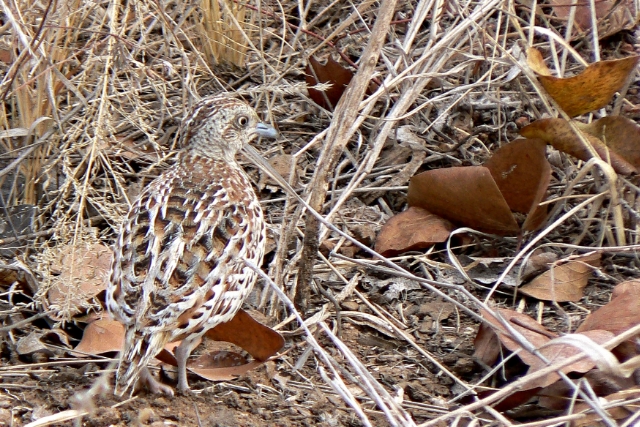
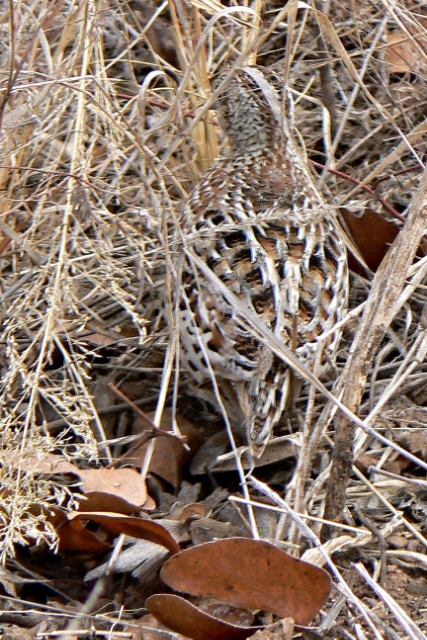
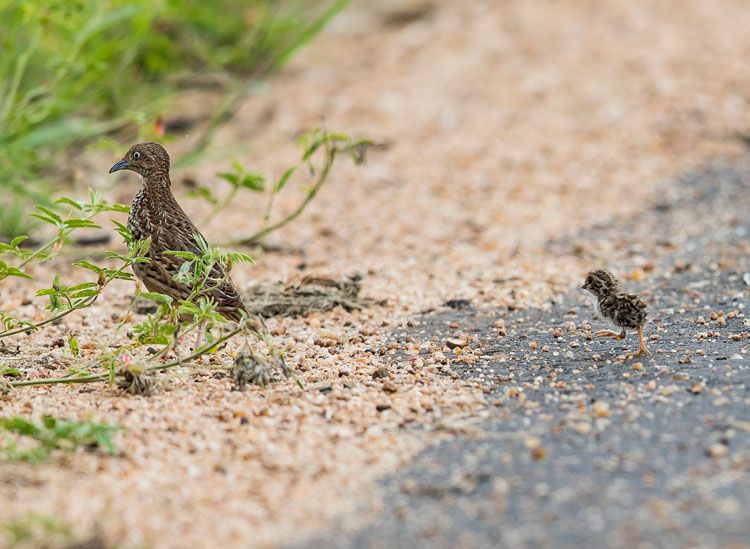 © Pumbaa
© Pumbaa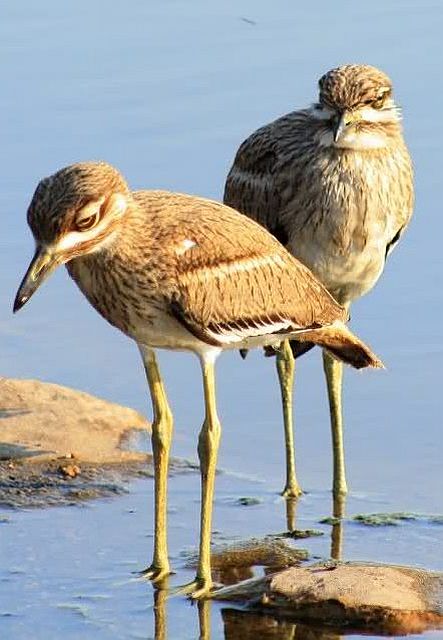
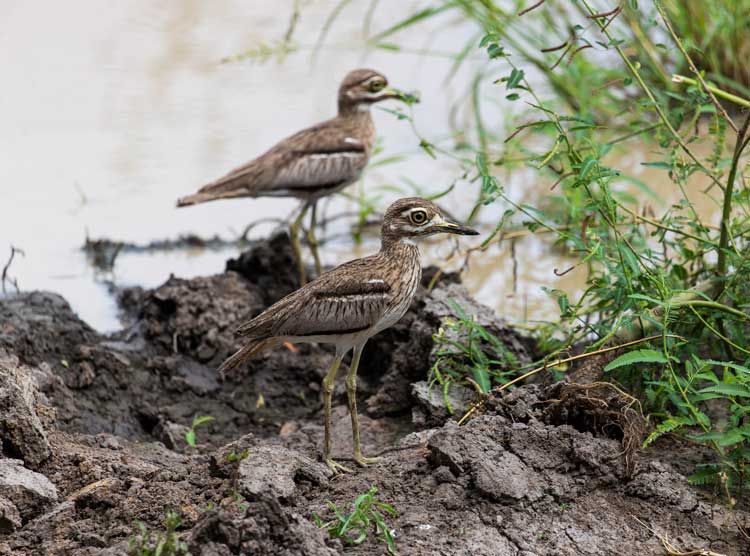 © Pumbaa
© Pumbaa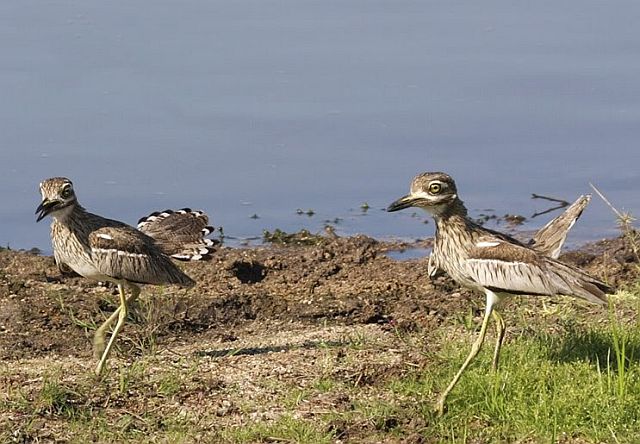 © leachy
© leachy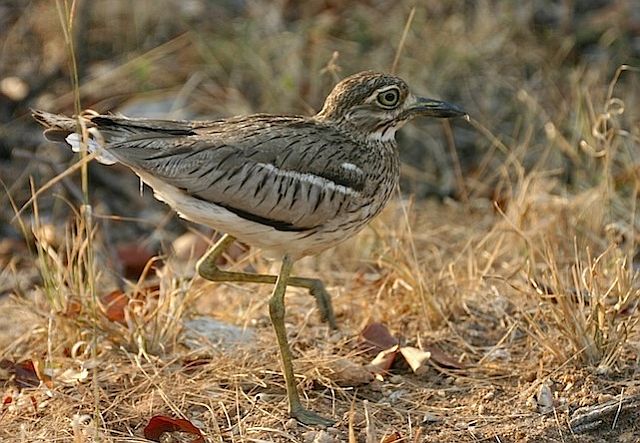 © ExFmem
© ExFmem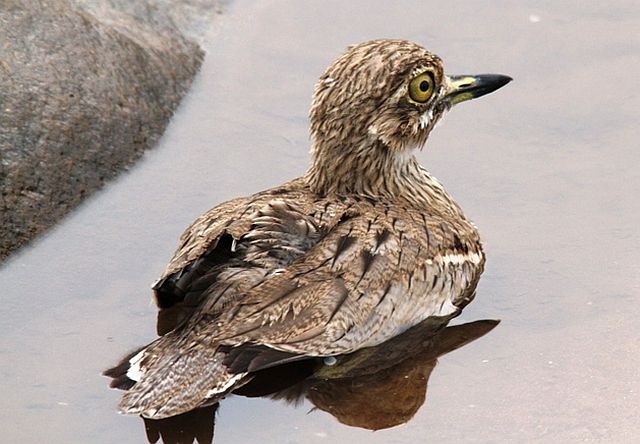 © pooky
© pooky

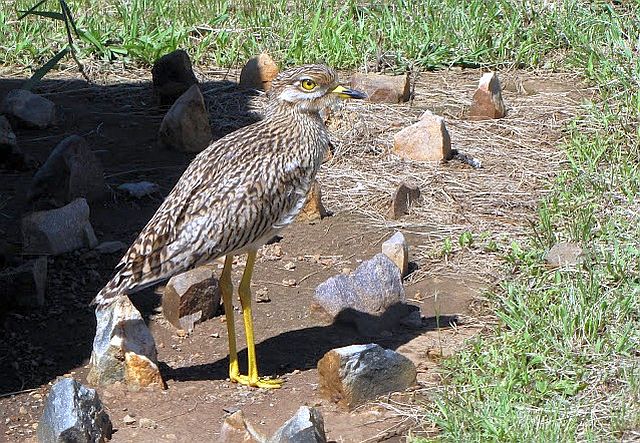
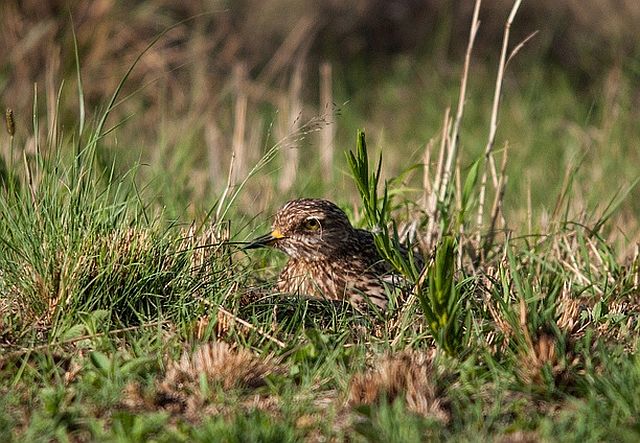 © Joan
© Joan © Duke
© Duke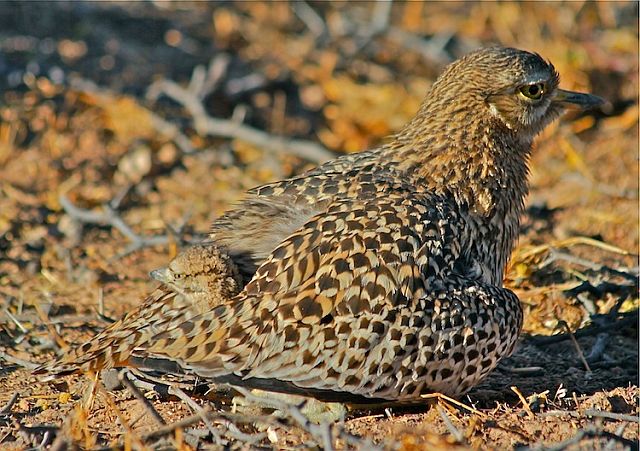 © ExFmem
© ExFmem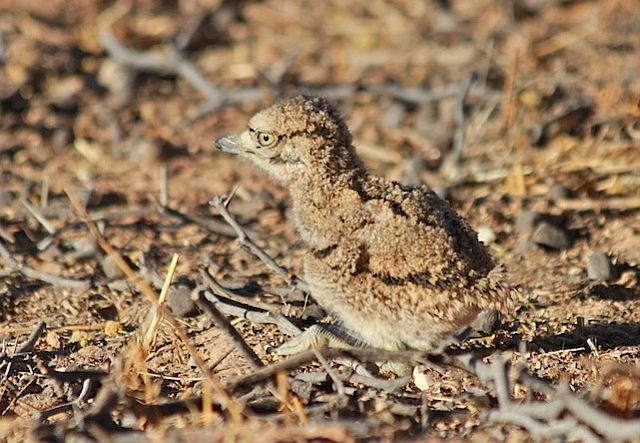 © ExFmem
© ExFmem © ExFmem
© ExFmem